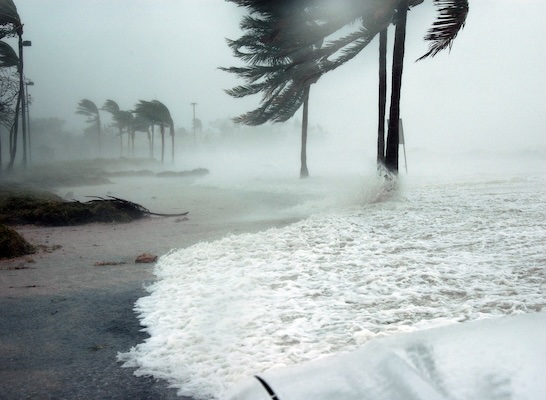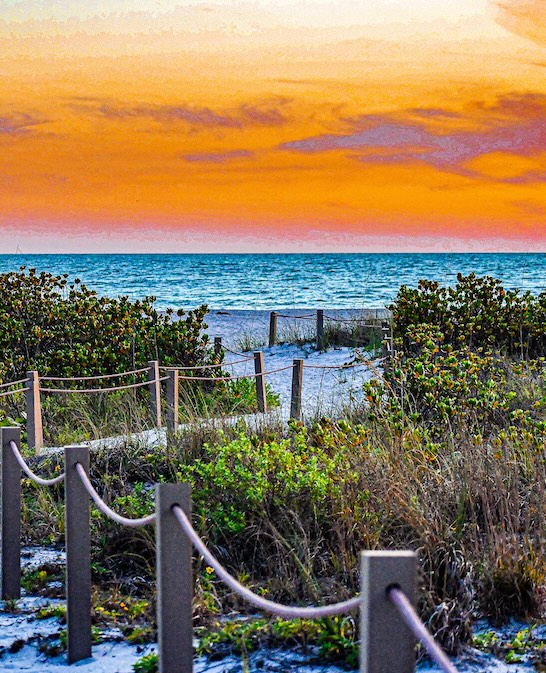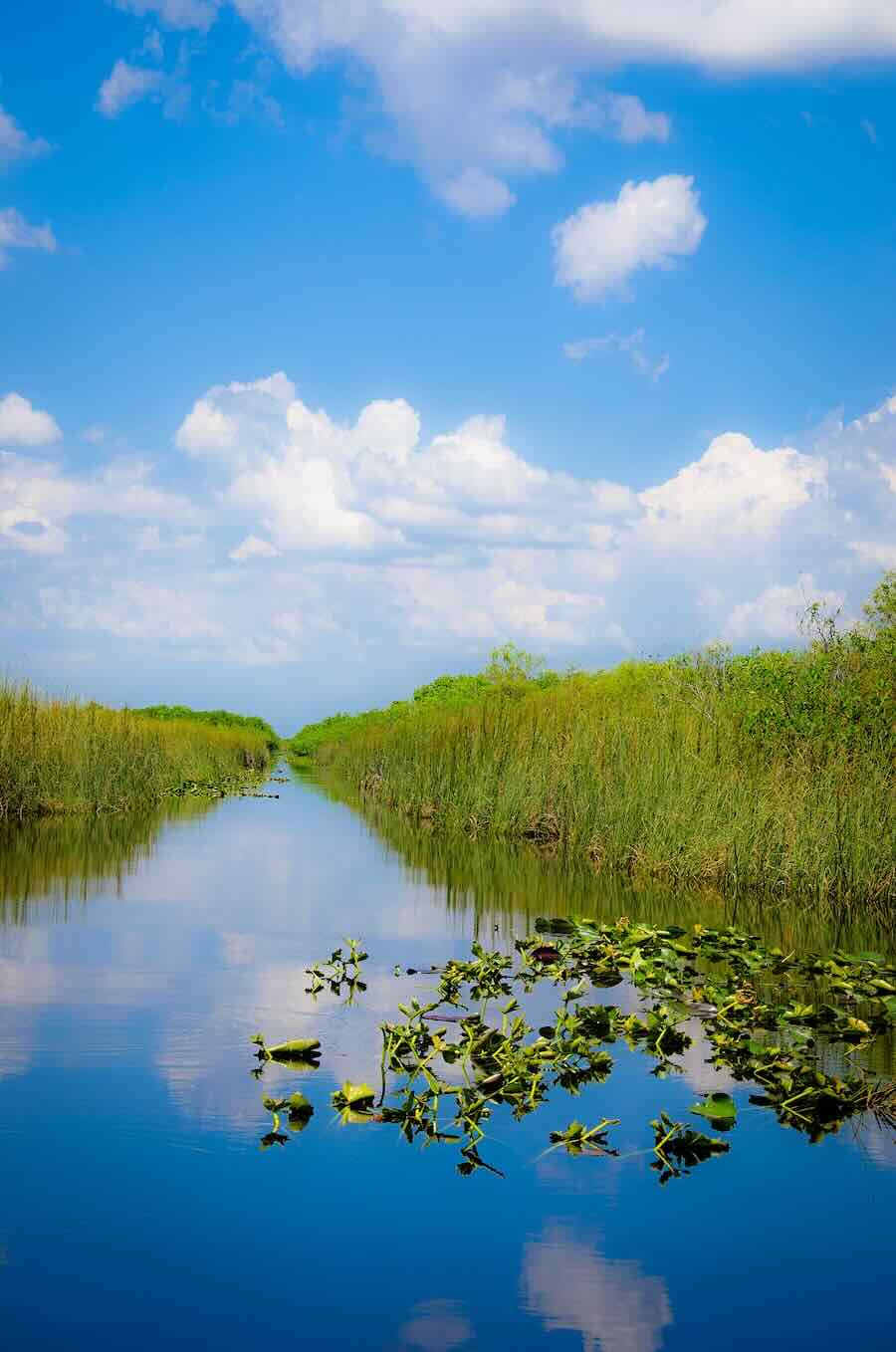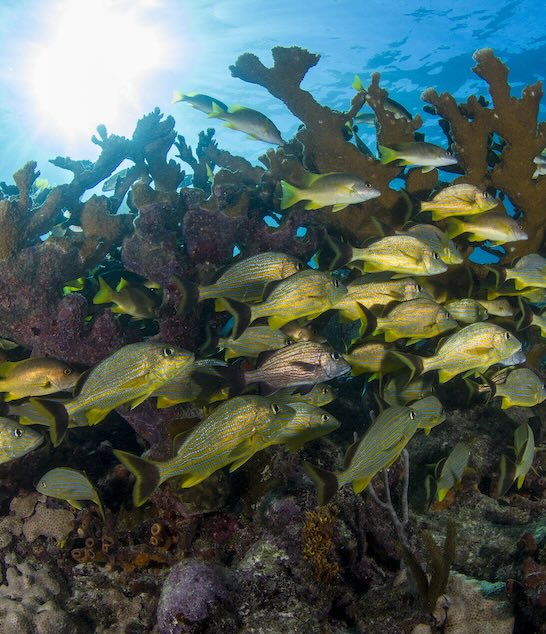If you’re interested in issues around sustainability then you’re probably already aware that April was water conservation month in the state of Florida. Water conservation is, of course, a topic close to our hearts, not to mention one of the driving impulses behind our commitment to ever more efficient irrigation systems. But that doesn’t mean we don’t pay close attention to other factors which directly impact the sustainability of our wonderful Florida flora and fauna.
In terms of ingenuity and hard work, we bring an account of six individuals singled out for their influence as sustainability leaders in Southwest Florida, and of scientists finding an innovative use for biodegradable straws which could help to preserve our glorious coral reefs. In what might be called ‘every cloud has a silver lining’ news we look at a positive use for the much-feared cyanobacteria slurry, but this H2O Zone isn’t all good news. The mystery of the spinning sawfish off the Florida coast is one which scientists are fighting to solve at speed, while our final story looks at the fact that even a few millimeters of subsidence in a city like Miami could multiply the already dramatic impact of rising sea levels.











